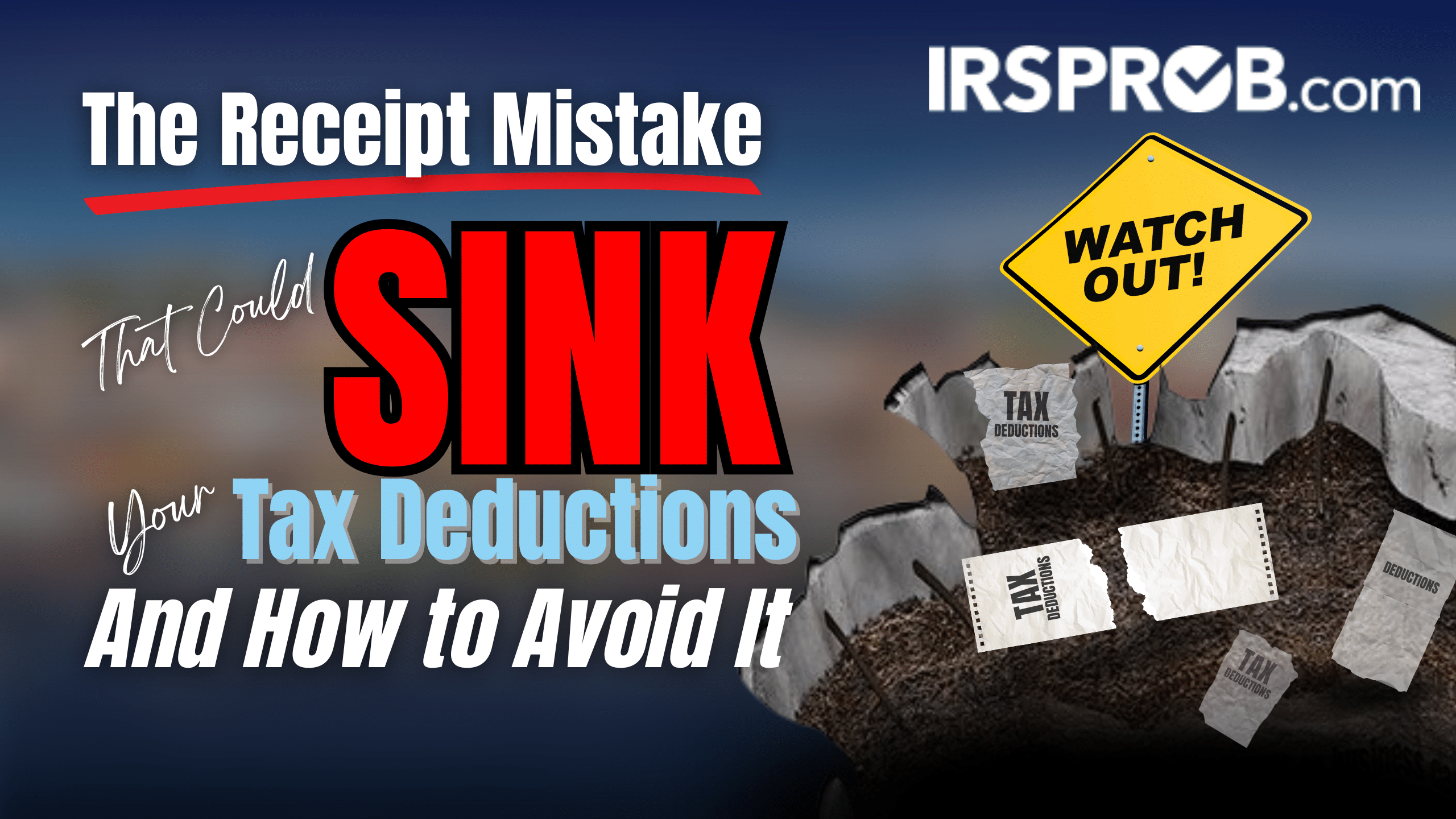
As a business owner, you may be focused on optimizing your personal tax strategies, but if you have children, the Kiddie Tax is an important area that can have a significant impact on your tax liability. The Kiddie Tax was designed to prevent parents from reducing their tax burden by shifting investment income to their children, who are typically in lower tax brackets. In this blog post, we’ll break down the Kiddie Tax rules for 2024 and offer practical insights to help you understand how it might affect you and your family.
What is the Kiddie Tax?
The Kiddie Tax applies to children’s unearned income—such as dividends, interest, and capital gains—and taxes it at the parent’s tax rate instead of the child’s lower rate. It is relevant to families where children have significant investment income, and it was introduced to discourage income-shifting from parents to children to reduce overall family tax liability.
How Does Kiddie Tax Work in 2024?
For the tax year 2024, the Kiddie Tax applies to children who meet the following criteria:
- The child’s unearned income exceeds $2,600.
- The child is required to file a tax return.
- At least one parent was alive at the end of the tax year.
- The child does not file a joint return.
- The child is either under 18, or aged 18-23 if they are full-time students with income that does not exceed half of their support.
Let’s break down the tax treatment of a child’s unearned income:
- First $1,300: Not taxed.
- Second $1,300: Taxed at the child’s rate (typically 10% for ordinary income).
- Above $2,600: Taxed at the parent’s tax rate.
This structure prevents high-earning parents from avoiding higher tax brackets by transferring investment income to their children.
Unearned vs. Earned Income
It’s important to understand the distinction between earned and unearned income in the Kiddie Tax:
- Unearned Income: Includes investment-type income such as taxable interest, dividends, capital gains, rents, and royalties. It also includes amounts received as the beneficiary of a trust and certain scholarships and grants not reported on Form W-2.
- Earned Income: Includes wages, salaries, tips, and payments for personal services performed. This income is taxed at the child’s own tax rate and is not subject to the Kiddie Tax.
Why It Matters for Business Owners
For business owners, planning around the Kiddie Tax is essential, especially if your children are listed as beneficiaries of trusts or hold investments in their own name. Here are some key considerations:
- Trust Income: If your child is the beneficiary of a trust, any distributions of taxable income such as dividends and interest are subject to the Kiddie Tax rules. This means that trust income could be taxed at your higher rate.
- Investment Income: If you’ve gifted investments to your child, all income produced by these investments is considered unearned income and subject to Kiddie Tax. This includes income from gifts made under the Uniform Gift to Minors Act.
Filing Options for Parents
Parents have two choices when dealing with Kiddie Tax:
File a Separate Return for the Child: A child with unearned income must file their own tax return using Form 8615. This form calculates the child’s tax based on the parent’s tax rate. Although this involves extra paperwork, there are several reasons to consider filing a separate return, including:
- Avoiding negative impacts on the parent’s Earned Income Credit.
- Preserving certain deductions and credits that may be phased out at higher income levels.
- Preventing the child’s income from pushing the parent into a higher tax bracket.
Report the Child’s Income on the Parent’s Return: Parents can elect to include the child’s unearned income on their own tax return by filing Form 8814. This simplifies the process, but it may result in a higher overall.









